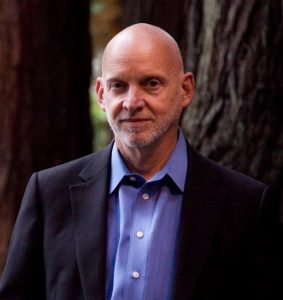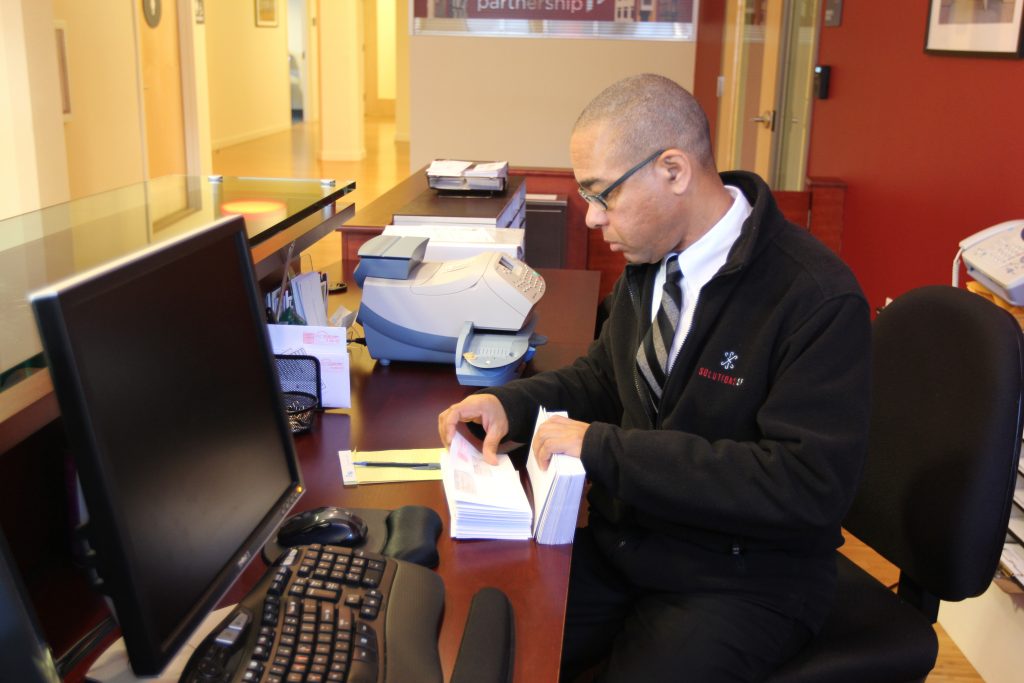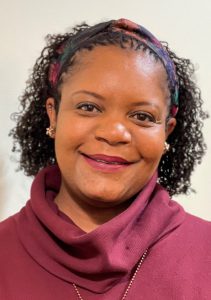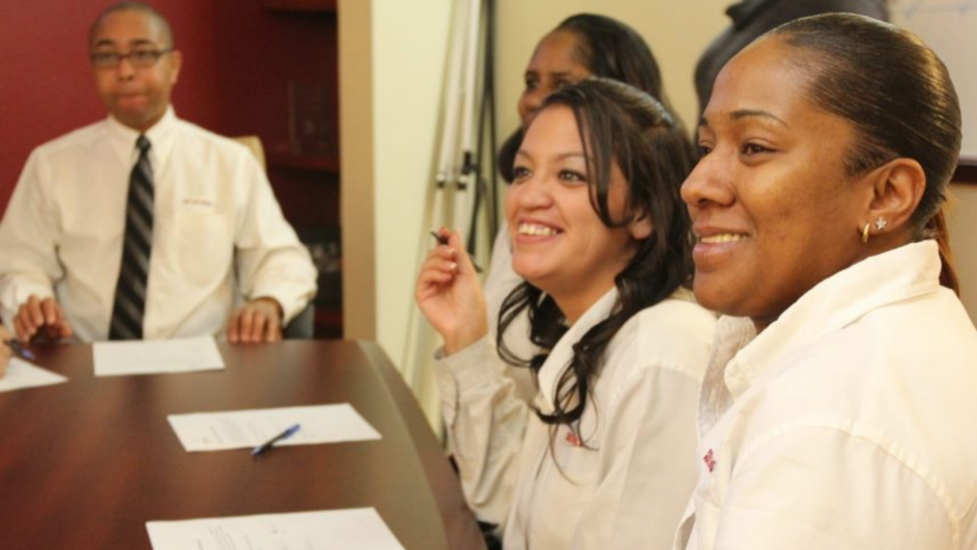HomeRise, a San Francisco nonprofit that has been around for more than 30 years, helps secure housing for the homeless population and offers job training and temporary work placements with a goal of permanent employment. The last count of unhoused people in San Francisco tallied about 8,000 people.
Since the onset of the pandemic, more than 3,700 people have been served by the City of San Francisco’s Shelter-in-Place (SIP) hotels – launched in April of last year. When the SIP program ends, HomeRise will partner with the city to help remaining participants obtain permanent supportive housing.
CEO Rick Aubry says the ‘housing first’ model is critical. “It’s something that has been studied numerous times that’s proven to be the most effective intervention. It’s something that is somewhat counter-intuitive for lots of folks, because there is sort of a moral imperative in the United States where you have to earn it, before you get in.”
The 1,500 HomeRise units are a combination of acquired single room occupancy buildings and new construction. The units are home to 1,920 people including 300 children who live with one or two parents.

Aubry continues, “If you provide people with the safety and security of a place to live and you let them then start organizing their lives, it’s proven much more likely that their lives will prove to be successful.”
A Place in the Workforce
Supporting the transition into work is also crucial to the HomeRise model, according to Aubry. “Job training, per se, is not the solution. Jobs are the solution.”
“It’s critical for us to build a training program – DeskReady – that fundamentally guarantees somebody showing up for a few weeks for very basic entry-level training [to work as a front desk clerk],” explains Aubry.
Upon completion of DeskReady, Aubry says, “We will hire you in our temporary agency, Solutions SF. You work with us for a period of months in a paid job, while you’re getting ongoing training. They either working in our buildings, or we have numerous customers throughout the city who are providers of permanent housing models that also require folks to be desk clerks.”

“The motivation is not, ‘We’re just training you.’ The motivation is creating employment and a career path.”
A Path to Permanent Employment
Training participants come from a number of areas in the Bay Area, according to Iesha Fraser, the director of employment opportunities at HomeRise. “Our program is based in the community,” says Fraser. The organization often receives referrals for DeskReady participants from city partners.
HomeRise residents make up a smaller percentage of job training cohorts. “I would say less than 6% of residents have come through the program, but those who have are successful in their permanent placement jobs,” says Fraser.

The organization is currently developing a workforce initiative to encourage the involvement of more of its residents. “One of the barriers to our residents being interested in our program is that SSI (supplemental security income) barrier. Of course, they don’t want to lose the medical benefits or the payments. Understanding residents can work 16 hours and still keep all of those things is one of the big initiatives that we have for next year,” explains Fraser.
She notes that the living situations of participants who are not housed by HomeRise are another consideration for employment. “They may be in transitional housing. They could be in a shelter. What we try to do on the social enterprise side is understand that sometimes there’s a curfew. We advocate on their behalf by speaking to a case manager. Once they’re employed, they want to work. Where it becomes difficult is the risk of, ‘Am I going to lose a bed?’”
Ultimately, the goal is a permanent job, says Fraser. “A participant can stay with Solutions up to 15 months. That gives them time to work out whatever barriers they have. By six months, we expect them to be looking for permanent employment. Our employment retention specialists on staff do that work with them.”
“Once they are hired by HomeRise or a different agency out in the community, we also support them for one year following that placement.”
Fraser notes another initiative, currently being called the Career Ladder project, will foster continued advancement. “We want to make sure that all of our HomeRise employees have an opportunity for training growth to get to that next step.”
“They’re still growing. That’s how they figure it out. ‘Oh, I want to get this next job. I can do this work. This is what I’ve learned.’ So that process continues until they feel like, ‘I got it.’”
Fraser offers an example of progression beginning as a front desk clerk. From there, lead desk clerk, followed by assistant site manager, and then site manager.
Fraser also points out, “Currently, we have 40 Solutions graduates who are working with HomeRise. Some are now in leadership positions. That’s a testament to us trying to continue the career ladder because that’s important.”
A Participant’s Journey
One such graduate is Angel Baten. He was unhoused in the Bay Area for about two years before learning about the job training program at HomeRise. “I needed a good foundation. Something to say, ‘Okay, you’re going to come in here because you want to be here. You want to give yourself a chance to do this.’ That’s what I was looking for. I was looking for something that would put me in that mindset,” says Baten.
There were some challenges for Baten getting through his three weeks of training. “Eating was a challenge. A lot of it had to do with whether I would have the resources to get something to eat. That meant that maybe the timing of the training would conflict with the free lunches that I would get,” explains Baten.

Adjusting to the required training schedule was also a challenge. “For me, I was up all night and wouldn’t wake up until two or three in the afternoon. But they were asking me to show up at 9:30. That was another challenge—staying present, being active, and participating in the lessons.”
Upon completing his training, Baten went to work as a temporary front desk clerk getting placements through Solutions SF. He says customer service skills and being able to follow policy and procedures are important parts of the job, noting there is more to the work than ‘hi, hello.’
Baten says he honed his skills in active listening, empathy, and problem solving. He adds he always felt supported by the program. “I wasn’t alone in any of that. If I needed extra support, I had somebody to call at any given time.”
Since completing training in the spring of 2019, Baten has been promoted numerous times. He moved into a program assistant position with HomeRise after covering the front desk at the organization’s main office. From there he advanced to assistant office manager and currently, Baten works as an assistant lobby services supervisor.
He is responsible for scheduling temporary jobs for the people on the Solutions SF roster and addressing any customer complaints.
Baten adds, “I meet with our participants to go over their performances. I’m coaching them, giving them some direction, and words of encouragement. I make the effort to explain to them that I know what it’s like to overcome barriers.”
“I know that we all have different backgrounds. We have different stories, but I do know what it’s like to be resilient. I do know what it’s like to push through and make every effort to succeed.”
As far as long-term goals, Baten is currently working towards earning a certificate in community mental health. He would like to work as a peer specialist or a counselor. “As I continue to further my education, I would love to, at some point, start working with clients at a rehab.”
Putting Lessons into Practice
Fraser says the training and on-the-job experience is more than learning the tasks of a front desk clerk. “It’s being adaptable. It’s changing your thinking. It’s understanding empathy. Holding boundaries that sometimes can get them into trouble if they’re not thinking it through.”
She adds, “I can say most of the folks that come through our program are adults who come with skills, who sometimes have a bachelor’s degree, but because whatever happened in life, they’re starting over. When they haven’t been employed for a year or more, it means a lot for them to take these steps, go through training, start working with Solutions, and then practice what they learned.”
Baten says, “I see HomeRise seeing potential in everyone and saying, ‘Hey, there are opportunities. Are you willing to work for it? Are you going to show up for it?’”
He notes, “I would say HomeRise allowed me to believe that there are opportunities.”











